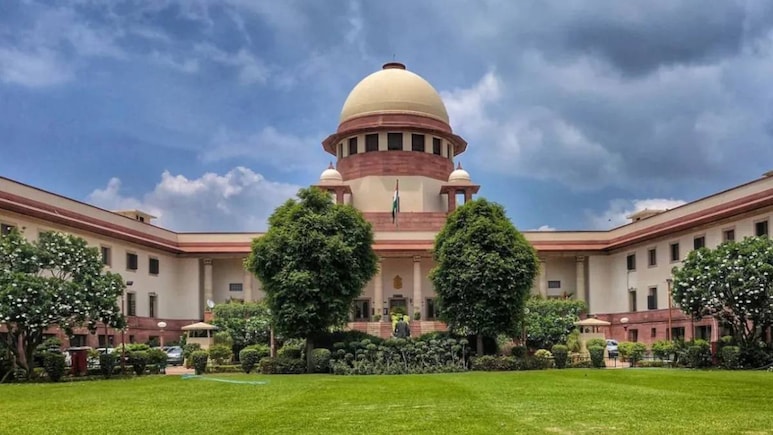
- The Supreme Court struck down the exemption for large projects from environmental clearance.
- Projects over 20,000 sq m must follow the Environment Impact Assessment 2006 rules.
- The January 29 notification was upheld except clause 8 granting broad exemptions.
The Supreme Court on Tuesday upheld the January 29 notification of the Ministry of Environment, Forests and Climate Change, but struck down the contentious clause exempting certain large building and construction projects from prior environmental clearance.
A bench comprising Chief Justice B R Gavai and Justice K Vinod Chandran held projects with a built-up area above 20,000 square meter, whether industrial, educational, or otherwise, cannot be exempted from the environment impact assessment (EIA) 2006 regime.
The court clarified that the notification would also apply to Kerala.
Dictating the order, the CJI said, "It has been consistently held that natural resources are to be held in trust for the next generation. At the same time, courts have always taken note of development activities and the country cannot progress without it." Observing the supreme court had always focused on sustainable development, the CJI said, "The court while ensuring that development is permitted has also required precaution to be taken so that least damage is caused to the environment and has even ordered costs to be paid for such development activities." The order said it would not be possible for the union ministry to consider projects across the country and therefore the issue could be considered on a state-to-state basis.
"If any construction activity in any area more than 20,000 sq km is carried out it will have environmental impact even if it's for industrial or educational purposes and discrimination cannot be made with similar such institutes," it said.
It also said that no exemption can be granted to the education sector in this regard.
"Nowadays education has also become a flourishing industry and thus no reason to exempt such projects from the 2006 notification," the CJI said.
The bench upheld the notification except clause 8 of the January 29 notification which grants exemptions to industrial sheds, schools, colleges, and hostels with built-up areas up to 150,000 square meter.
The bench said it was impractical for the MoEFCC to appraise every project nationwide, noting the Central Expert Appraisal Committee (CEA) could handle state-wise evaluations.
On February 25, the top court stayed the notification on a PIL filed by Mumbai-based NGO Vanashakti, which argued that the exemption diluted the EIA's safeguards and threatened eco-sensitive zones.
Senior advocate Gopal Sankaranarayanan, appearing for the NGO, said similar attempts in 2014, 2016, and 2018 had been struck down or stayed by courts, including the Kerala High Court, the National Green Tribunal, and the Delhi High Court.
The petition claimed that bypassing EC for projects of such magnitude, exceeding 1.6 million square feet, would cause irreversible damage to land, water, and air quality, violating the precautionary principle entrenched in Indian environmental law.
Before the January 29 amendment, EIA 2006 required EC for all construction projects above 20,000 sq m The impugned notification raised the threshold to 150,000 sq m for certain categories and also removed "general conditions" applicable in eco-sensitive and polluted areas.
A follow-up office memorandum on January 30 expanded the scope of exemptions to include private universities, warehouses, and industrial sheds housing machinery or raw material.
(Except for the headline, this story has not been edited by NDTV staff and is published from a syndicated feed.)
Track Latest News Live on NDTV.com and get news updates from India and around the world

